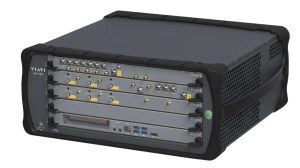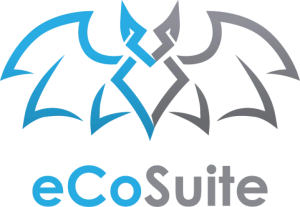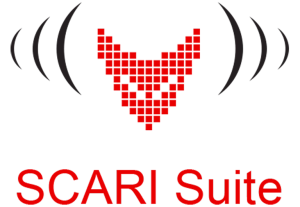Software Communications Architecture (SCA)
VIAVI - your SCA headquarters
VIAVI SCA Products and Services for SDR/SDS
VIAVI offers a variety of products and services that simplify SDR (Software Defined Radio)/SDS (Software Defined Systems) development and streamline testing, helping you deliver high quality products to customers in less time, with lower development costs.
Our SCA products are based on the Software Communications Architecture (SCA) international open standard and offer more than two decades of technological breakthroughs and experience that has been gathered from interactions with government and industry professionals.
We also offer SCA training and consulting services to help you create state of the art software-defined platforms such as those used in the telecommunications, aerospace, radar, electronic warfare, robotics, transportation, and instrumentation domains.
Products: VIAVI SCA Suite
Our flagship SCA product suite is a complete software development environment for SCA based products. The SCA Suite is offered for version 2.2.2 of the specification (SCARI Suite) and version 4.1 of the specification (eCo Suite). The Suites includes the SCA Core Framework implementing the compete specification as well as model-based development tools and platform monitoring tools to abstract most of the SCA intricacies and allow users to quickly develop and test applications. With the eCo Suite, a DSP Toolbox is offered with several signal processing algorithms implemented as SCA components for wireless communications systems.
To get you started even faster, VIAVI offers a complete integrated platform called Raptor combining GPP and FPGA processors, as well as a high-quality RF front end, all integrated with SCA Core Frameworks and the SCA Devices published by the JTNC (Joint Tactical Networking Center) and WInnF (Wireless Innovations Forum).
VIAVI SCA products provide the following advantages which are not found in other commercially available SDR/SDS development solutions for embedded systems:
- Being Operating Environment agnostic, the VIAVI solution can be used to develop complex heterogeneous systems built with multiple processor types (GPP, DSP, FPGA, GPU, etc.), operating systems, programming languages, and inter-process communication schemes.
- Enables distributed processing with automatic software component discovery and deployment, which is an important feature to simplify the development of applications.
- Decouples hardware from software, thereby greatly facilitating porting of applications from one platform to another platform and in turn significantly reducing development time and cost.
- Enables reuse of software components from one project to another project and allows for third-party software insertion.
- Simplifies software updates and upgrades post manufacturing as the SCA infrastructure provides facilities to install/uninstall software applications after the physical devices have left the production floor.
Services: SCA Training and Consulting

Whether you need help with implementation strategies, or simply need help getting started with SCA, our team of SCA experts are there to help you find the answers to your questions.
The VIAVI team of SCA experts have participated in the evolution of SCA since its initial release in the early 2000’s. VIAVI continues its involvement in the SCA evolution via its active participation in the Wireless Innovation Forum (WInnF), the home of the technical advancement for the SCA specification.
The VIAVI SCA support team consists of the most knowledgeable team of SCA experts in the industry, providing more than 150 person-years of combined expertise in the development, implementation, and use of the SCA for embedded systems development.
Wir helfen Ihnen gern
Wir sind dafür da, Ihnen zu helfen.



